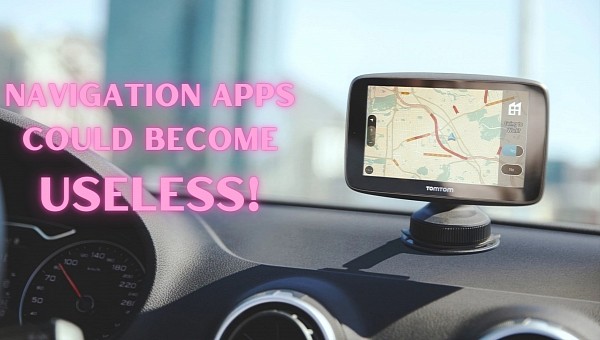The main benefit of navigation apps is perhaps their ability to look for faster routes, but this model has long been the subject of heavy criticism across the world.
Google Maps, Waze, and the rest of the navigation solutions out there often direct drivers on small residential streets that weren’t built for high traffic volumes. In many cases, the large number of cars end up turning these quiet streets into congested areas, eventually causing disturbing noise and emissions in every community.
The industry is working on addressing this major shortcoming for navigation software, as the routing algorithm these apps use would soon be updated to avoid residential streets.
TomTom, one of the biggest names in the industry and a competitor to Google Maps, said the current discussions taking place at the European Commission call for an updated algorithm to be released in 2025 or 2026.
Once the new model is released, navigation apps, including here not only TomTom’s software but also solutions from Sygic, HERE, Google, and Apple, will mostly keep drivers on main roads, trying to avoid causing any discomfort in residential areas.
These changes are very likely to be received with mixed reactions by people across the world.
On one hand, residents living in quiet neighborhoods will be glad to see the likes of Google Maps no longer sending drivers on their small back roads. But on the other hand, users of this software are unlikely to be pleased, especially because sticking with the main roads means they’ll spend more time in traffic.
Waze is likely to be the application hit the hardest by the new proposals. The Google-owned solution is specifically focused on finding a faster route to the destination, and more often than not, it ends up sending drivers to all kinds of back roads.
The application uses a crowdsourcing engine that relies not only on data collected from mobile devices on the road but also on reports submitted by other users. As such, Waze knows precisely what areas could slow down drivers, eventually determining routes that avoid these points.
Without using residential streets, Waze is likely to stick with the main roads just like the rest of the navigation apps out there, so the engine that sets it apart from the rest of the crowd would no longer make such a big difference anymore. It’ll certainly be interesting to see how the app integrates the new algorithm into its routing model, especially because Waze has the capability of finding faster routes, often using back roads, when major slowdowns caused by heavy traffic or accidents are detected ahead.
TomTom says the main focus of the industry is right now to avoid disrupting quiet neighborhoods, but a final version of the proposal is yet to be decided.
The industry is working on addressing this major shortcoming for navigation software, as the routing algorithm these apps use would soon be updated to avoid residential streets.
TomTom, one of the biggest names in the industry and a competitor to Google Maps, said the current discussions taking place at the European Commission call for an updated algorithm to be released in 2025 or 2026.
Once the new model is released, navigation apps, including here not only TomTom’s software but also solutions from Sygic, HERE, Google, and Apple, will mostly keep drivers on main roads, trying to avoid causing any discomfort in residential areas.
These changes are very likely to be received with mixed reactions by people across the world.
On one hand, residents living in quiet neighborhoods will be glad to see the likes of Google Maps no longer sending drivers on their small back roads. But on the other hand, users of this software are unlikely to be pleased, especially because sticking with the main roads means they’ll spend more time in traffic.
Waze is likely to be the application hit the hardest by the new proposals. The Google-owned solution is specifically focused on finding a faster route to the destination, and more often than not, it ends up sending drivers to all kinds of back roads.
The application uses a crowdsourcing engine that relies not only on data collected from mobile devices on the road but also on reports submitted by other users. As such, Waze knows precisely what areas could slow down drivers, eventually determining routes that avoid these points.
Without using residential streets, Waze is likely to stick with the main roads just like the rest of the navigation apps out there, so the engine that sets it apart from the rest of the crowd would no longer make such a big difference anymore. It’ll certainly be interesting to see how the app integrates the new algorithm into its routing model, especially because Waze has the capability of finding faster routes, often using back roads, when major slowdowns caused by heavy traffic or accidents are detected ahead.
TomTom says the main focus of the industry is right now to avoid disrupting quiet neighborhoods, but a final version of the proposal is yet to be decided.







